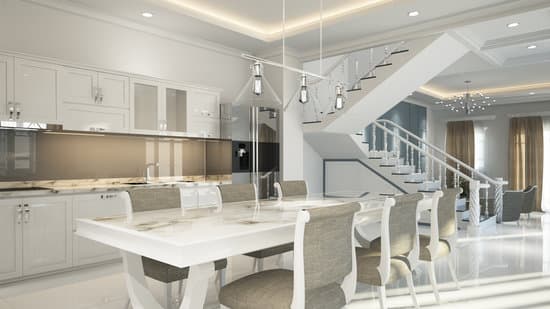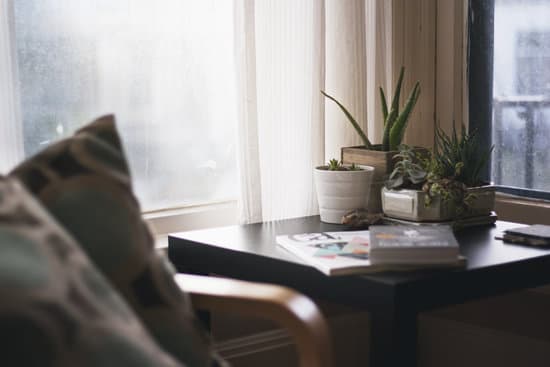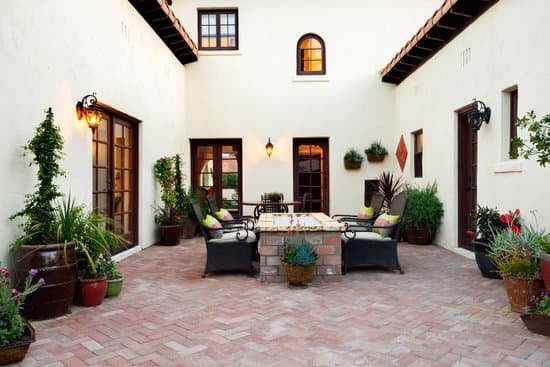In recent years, Japanese design has become increasingly popular and has influenced many styles across the globe. Here are some of the current trends in Japanese design:
Wabi-sabi: This trend is all about embracing imperfection and simplicity, allowing beauty to be found in things that are imperfect, incomplete, and natural.
Minimalism: This trend is characterized by simple, clean lines and a focus on functionality. It is often seen in Japanese architecture, where space is valued and everything has a specific purpose.
Nature-inspired: Japanese design often incorporates elements of nature, such as bamboo or cherry blossoms. This trend has become increasingly popular among designers worldwide, as people look for ways to connect with the environment and incorporate natural materials into their homes.
Mixed materials: Combining different materials, such as wood, metal, and concrete, is a popular trend in modern Japanese design. These materials are often used to create contrast and texture, bringing a unique element to a space.
Kawaii: This trend is all about cuteness and a love for all things adorable. It has become a popular trend in Japanese design, with many designers creating playful and colorful designs that appeal to a younger audience.
These are just a few of the many trends in Japanese design. Whether you’re looking for sleek and modern designs or a more natural, organic feel, Japanese design has something to offer for everyone.
What are the trends in Japanese design? Discover the fusion of traditional and modern styles.




















